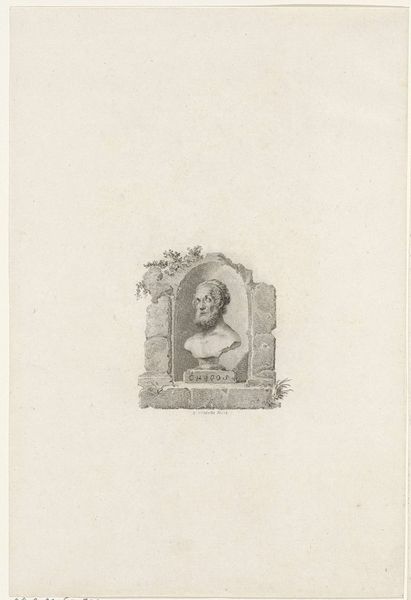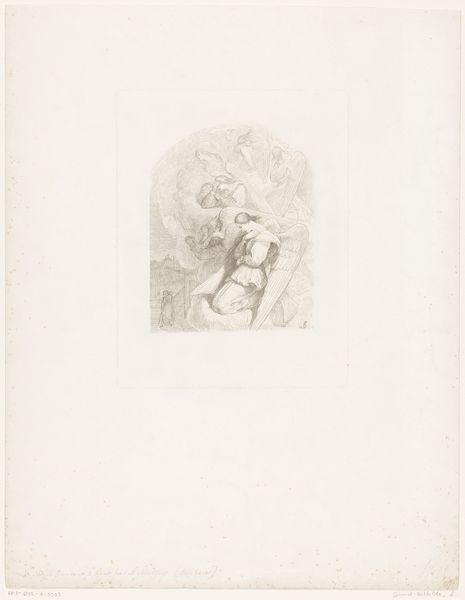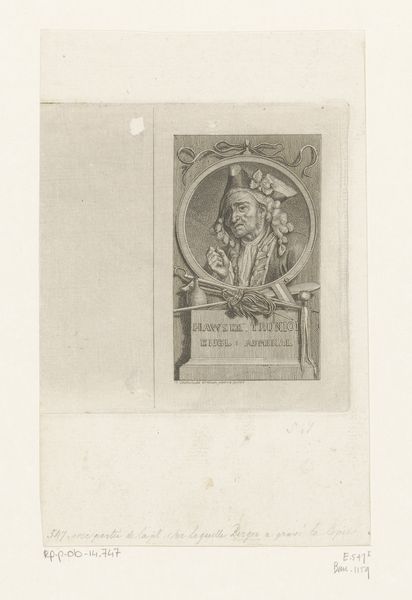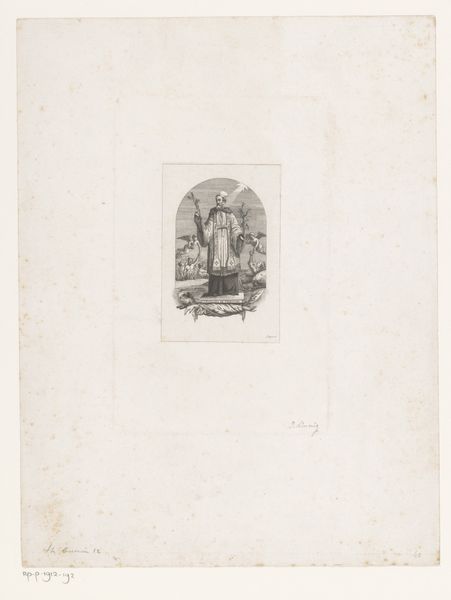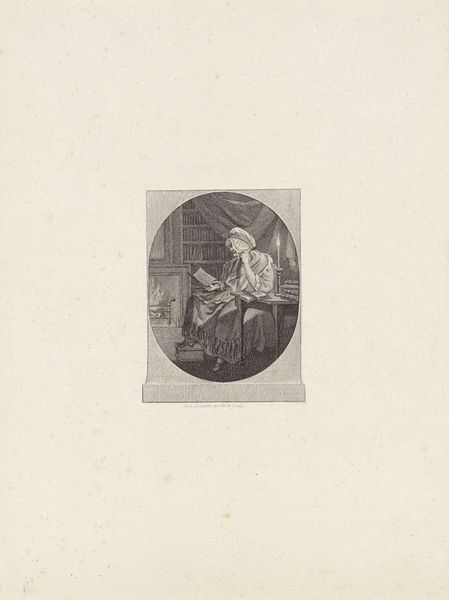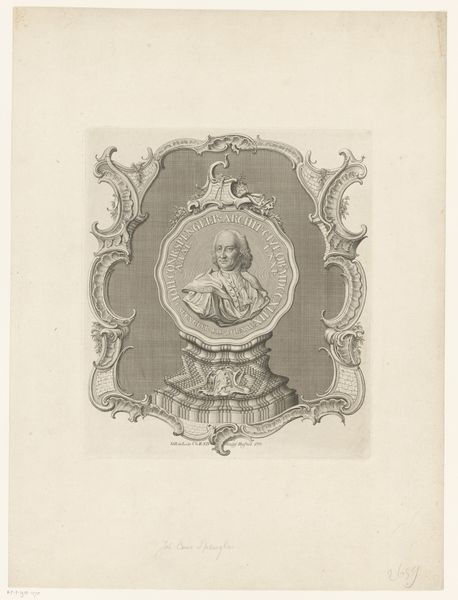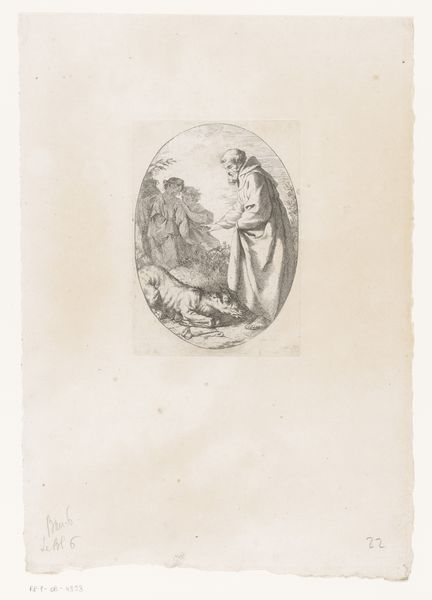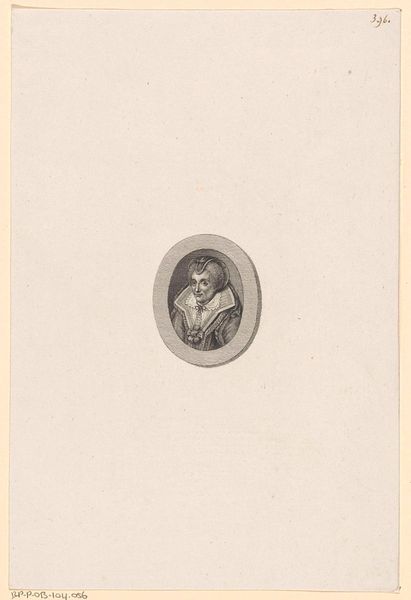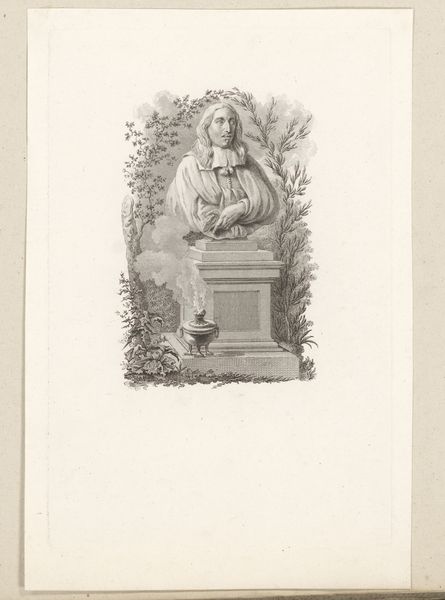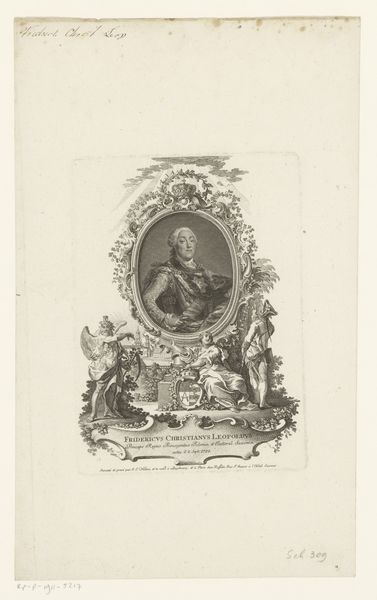
drawing, print, pen, engraving
#
portrait
#
drawing
#
light pencil work
#
neoclassicism
# print
#
pen sketch
#
pencil sketch
#
old engraving style
#
personal sketchbook
#
ink drawing experimentation
#
pen-ink sketch
#
pen work
#
sketchbook drawing
#
pen
#
sketchbook art
#
engraving
Dimensions: height 253 mm, width 168 mm
Copyright: Rijks Museum: Open Domain
Reinier Vinkeles created this print of a bust of Emperor Trajan in the late 18th or early 19th century. The image evokes classical antiquity, a period whose ideals deeply influenced European art and politics at that time. Notice how Trajan appears in an artificial grotto, like a garden ornament. The column to the left and the Roman arms below are all visual cues of this image's meaning. It reminds us that the Dutch Republic, like other European states, looked to the Roman Empire for models of governance and military prowess. It also reflects a fascination with the antique that was promoted by institutions like the art academy where Vinkeles trained. The image implicitly comments on Dutch identity, inviting viewers to consider their nation’s place in the longer history of empires. In order to better understand the image, scholars consult a variety of sources, including emblem books, garden design manuals, and the records of art academies. By understanding the context that shaped its creation, we can better appreciate the public role of art.
Comments
No comments
Be the first to comment and join the conversation on the ultimate creative platform.
